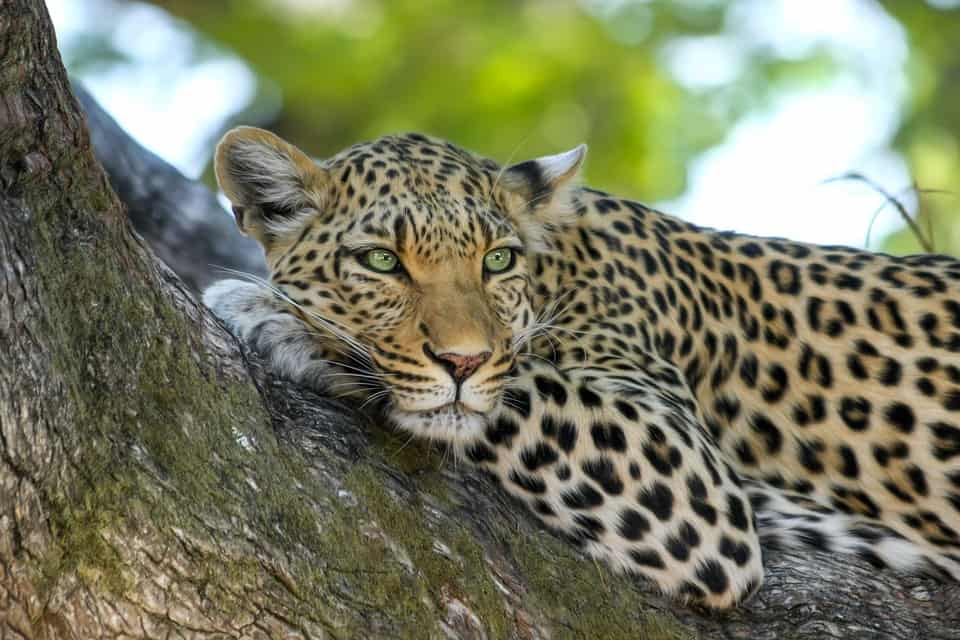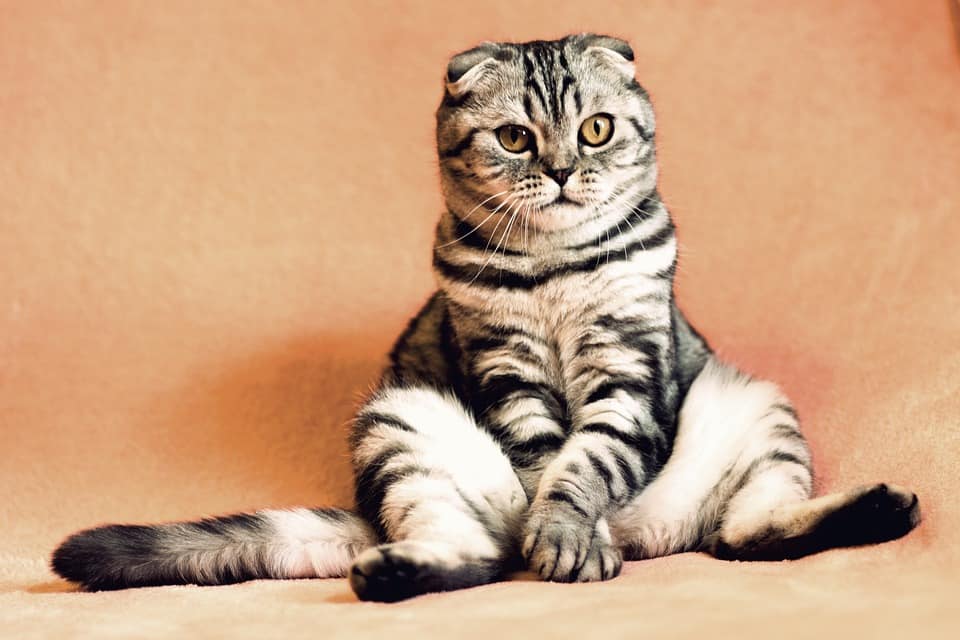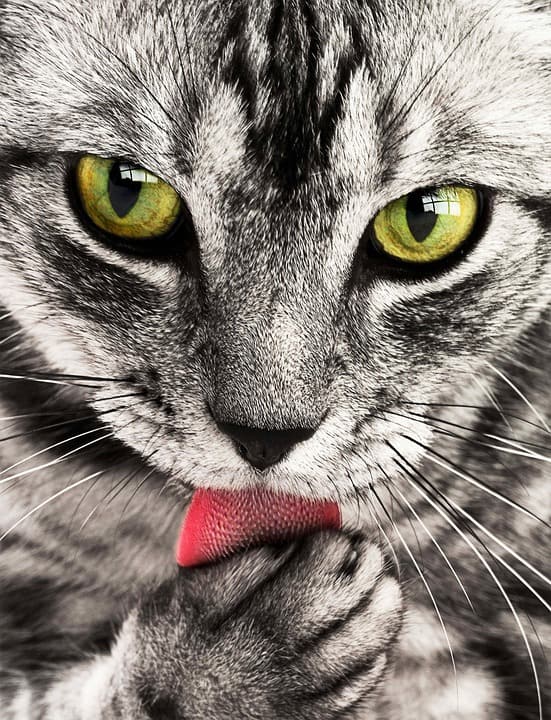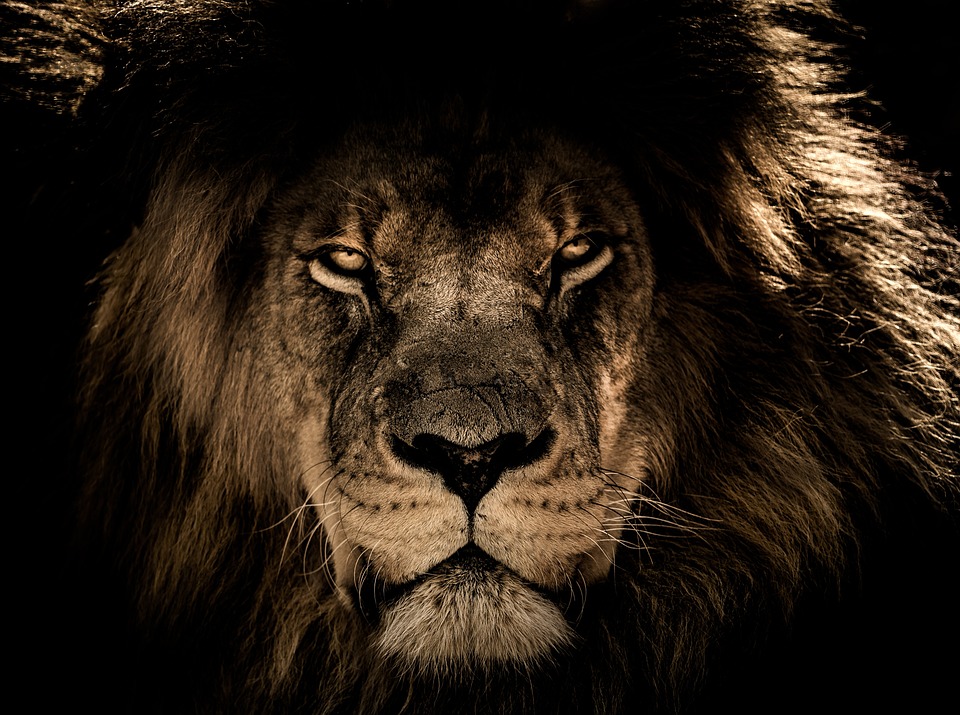What is purring and why do cats do it?
Purring is a distinctive sound that cats make, typically when they are content and relaxed. It is generated through the rapid vibrations of the muscles in a cat’s larynx, accompanied by the movement of air in the chest and diaphragm. While purring is commonly associated with contentment, it can also signify other emotions such as fear, pain, or even hunger.
Cats primarily purr as a means of communication. When a cat purrs, they are conveying their emotions and signaling to those around them. They may be expressing pleasure, seeking comfort, or attempting to calm themselves down in stressful situations. Understanding the context in which a cat is purring is key to interpreting their message.
What are the different types of purrs?
Although purring is often thought of as a singular sound, there are actually various types of purrs that can convey different meanings. In addition to the standard contented purr, there are also solicitation purrs, which cats use to manipulate their owners into providing food or attention. There are also purrs used during painful or stressful situations, which may serve as a self-soothing mechanism for the cat.
Additionally, recent research suggests that cats can produce a “purr-like” vocalization known as the “solicitation purr” that is used specifically to manipulate humans. This purr incorporates a high-frequency element that is similar to the cry of a human baby, making it particularly difficult for pet owners to ignore.
How can you interpret your cat’s purring?
Interpreting your cat’s purring requires careful observation and consideration of the surrounding circumstances. If your cat is purring while lounging on your lap or being petted, it’s likely a sign of contentment and relaxation. Conversely, if your cat is purring while exhibiting signs of distress or pain, it may indicate a need for comfort or reassurance.
It’s important to pay attention to your cat’s body language and overall demeanor when attempting to decipher their purring. Tail position, ear movements, and vocalizations can all provide valuable insights into your cat’s emotional state. By taking the time to understand these cues, you can better respond to your cat’s needs and provide them with the appropriate support and care.
Can purring have health benefits for cats and humans?
Studies have suggested that the act of purring may have potential health benefits for both cats and their human companions. The frequency of the vibrations produced during purring has been found to promote healing and reduce pain and swelling in cats. Additionally, the rhythmic nature of purring has been known to have a calming effect on cats, helping them relax and de-stress.
For humans, the soothing sound of a cat’s purring has been shown to have a calming and comforting effect, reducing stress and anxiety. The act of petting a purring cat can also promote feelings of relaxation and well-being. As such, the presence of a purring cat can be mutually beneficial for both feline and human companions.
Conclusion
Understanding the intricacies of your cat’s purring can provide valuable insights into their emotional state and communication needs. By paying attention to the context, type, and accompanying behaviors of purring, you can better interpret your cat’s messages and respond accordingly. Additionally, recognizing the potential health benefits of purring for both cats and humans can further emphasize the importance of this unique form of communication and companionship.
FAQs
1. Can cats purr when they are in pain?
Yes, cats are known to purr when they are in pain as a self-soothing mechanism. It is important to observe the overall behavior and body language of the cat to determine the cause of their purring.
2. Do all cats purr?
Not all cats purr. While purring is common in domestic cats, wild cats such as cheetahs and cougars are also known to purr, but it’s not present in all feline species.
3. Can a cat’s purring indicate hunger?
Yes, cats may purr as a means of soliciting food and attention from their owners. This type of purring is often characterized by a persistent and rhythmic sound.
4. Are there any negative implications of purring?
While purring is generally associated with positive emotions, it’s important to recognize that cats can also purr when they are in distress or pain. It’s essential to assess the context and accompanying behaviors to accurately interpret a cat’s purring.
5. Why do cats purr when they are being petted?
Cats often purr when they are being petted as a sign of contentment and relaxation. This behavior signifies that they are enjoying the physical interaction and are in a comfortable state.



